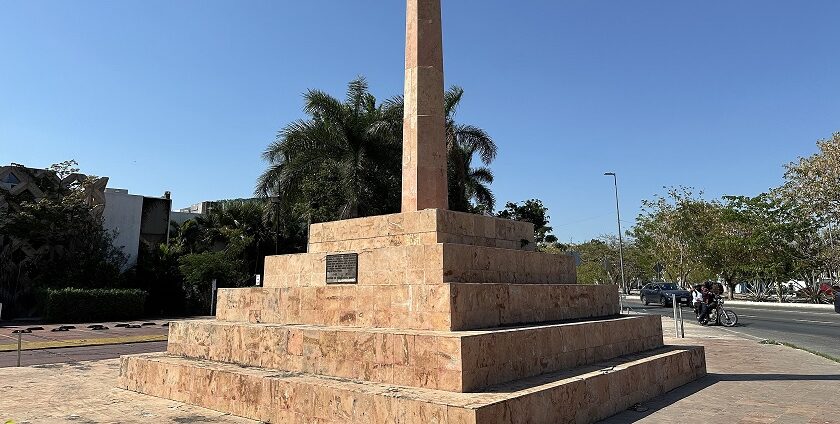Monuments in Mexico reflect its rich history, cultural heritage, and enduring architectural achievements across various cities. These iconic structures span from pre-Hispanic ruins to colonial buildings and modern tributes to national heroes. Mexico City and other regions preserve these sites as symbols of indigenous roots, independence, and artistic excellence. Some monuments commemorate events from the Mexican Revolution, while others celebrate the country’s Aztec and Spanish heritage. Whether you want to visit ancient temples or see grand statues, these sites provide insight into Mexico’s past and national identity.
Top 10 Monuments In Mexico To Visit
Explore some of the most important monuments in Mexico that highlight different periods of the country’s cultural and political history.
1. Angel Of Independence
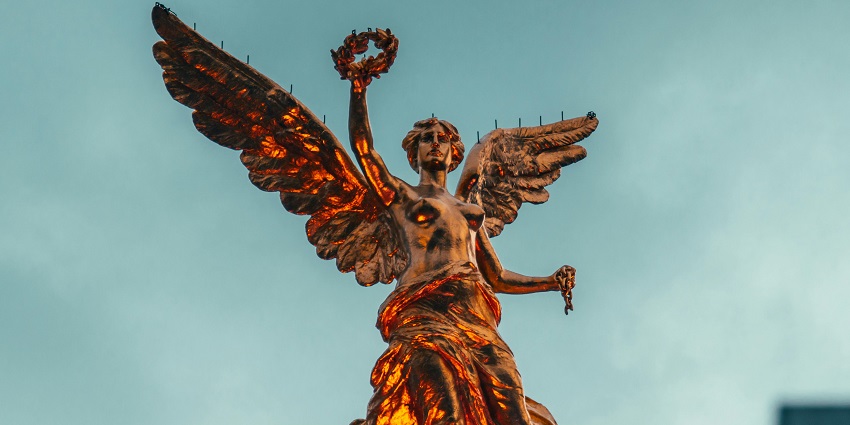
As one of the most historical monuments in Mexico, the Angel of Independence draws visitors interested in national identity and history. Erected in 1910 to commemorate the centenary of Mexico’s independence, this golden-winged statue symbolises triumph and remembrance. The column stands over a mausoleum housing the remains of revolutionary leaders. Locals often use the monument as a meeting point, and its visibility during parades and national holidays reflects its continued relevance. It serves as a central reminder of Mexico’s enduring values and collective past.
Major Attractions: Historical significance, victory statue, underground mausoleum
Timings: 24*7
2. Monumento A Los Niños Héroes
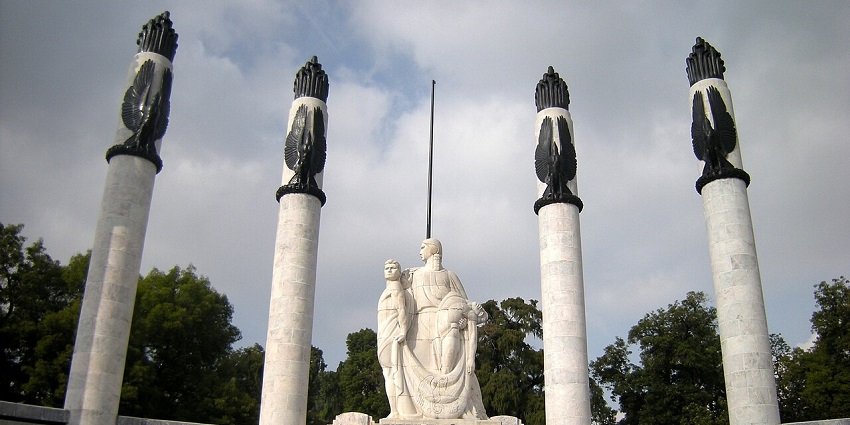
Photo: Leandro Neumann Ciuffo / Wikimedia Commons
This structure honours a defining moment in Mexico’s defence history through its tribute to six young cadets. Located in the Chapultepec Park, it offers a space for reflection and national education. The six columns represent the individuals who chose to defend their country rather than surrender. Families, students, and veterans frequently gather here to honour these values. As a location for state ceremonies and commemorations, the monument connects past bravery to present civic pride, reinforcing how early acts of sacrifice still shape national consciousness today.
Major Attractions: Memorial columns, educational visits
Timings: 8 AM – 5 PM
3. Monument To Cuauhtémoc
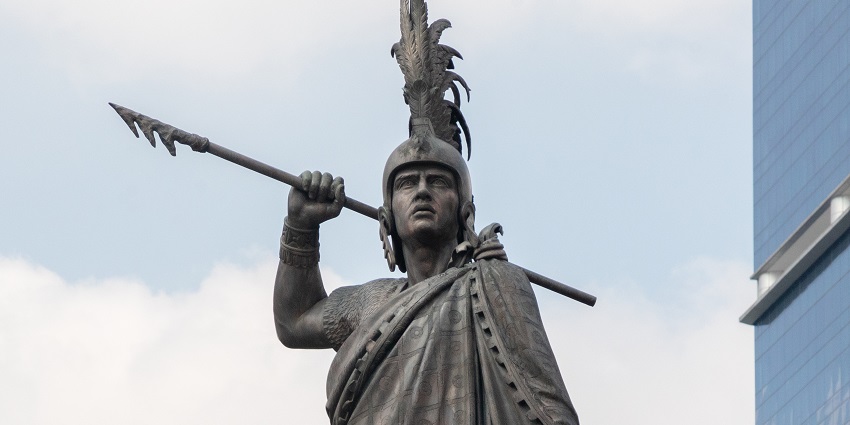
Photo: EneasMx / Wikimedia Commons
This monument commemorates resistance against colonisation by celebrating Cuauhtémoc, the last Aztec ruler. Built with elements of neo-Aztec design, it includes symbolic patterns and depictions of native warriors. Unlike other monuments centred on colonial narratives, this statue recognises indigenous leadership and resilience. Artists and scholars often study its stylistic and cultural representations. It invites reflection on how history is told and whose stories are remembered. Positioned on a major avenue, it continues to provoke dialogue on cultural identity and collective memory in Mexican history.
Major Attractions: Aztec art motifs, bronze statue
Timings: 24*7
4. Monumento A La Raza
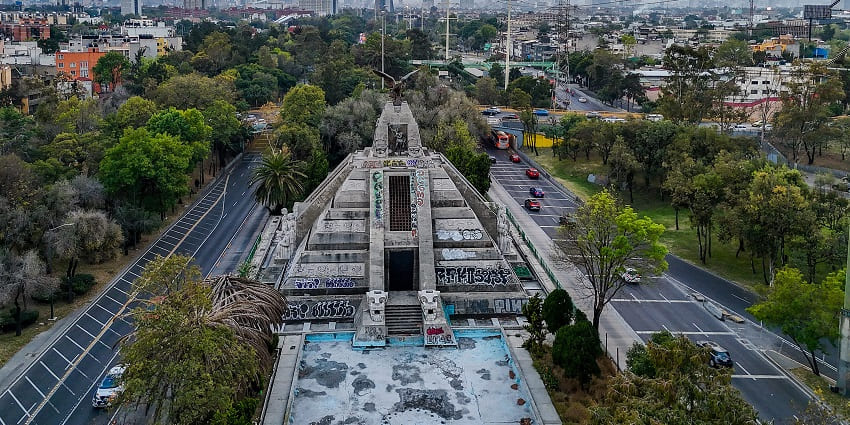
Photo: ProtoplasmaKid / Wikimedia Commons
As one of the most recognised national monuments in Mexico, Monumento a la Raza celebrates the indigenous legacy and cultural development. Constructed in the mid-20th century, this monument integrates pre-Hispanic symbols into modern civic design. Its pyramid form nods to Mesoamerican structures, while mosaics portray moments of cultural significance. For commuters passing through northern Mexico City, it serves as a daily visual reminder of history and unity. Students and historians visit to study its narrative of ethnic pride and blended identity throughout Mexican history.
Major Attractions: Pyramid design, cultural mosaics
Timings: 24*7
5. Monumento A Los Indios Verdes
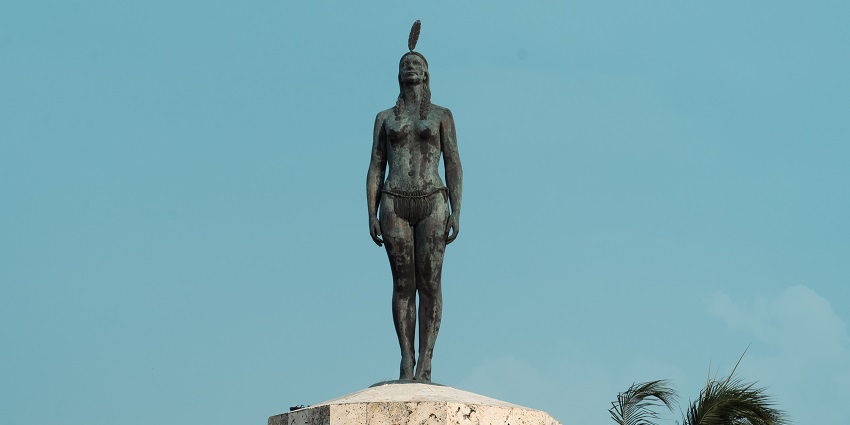
Photo: Oscar Garces / Shutterstock / Image For Representation Only
Monumento a los Indios Verdes features two striking bronze statues of Aztec rulers, paying tribute to indigenous governance and cultural identity. Though initially placed along Paseo de la Reforma, the statues now stand in a northern district surrounded by urban activity. The green tint and detailed design reflect a deliberate effort to honour native history in public art. Locals frequently pass by during their daily routines, making it part of the everyday cityscape. It is a contrast of colonial-era monuments, focusing instead on native rulers and traditions.
Major Attractions: Aztec warrior sculptures, historic significance
Timings: 24*7
6. Beethoven Monument
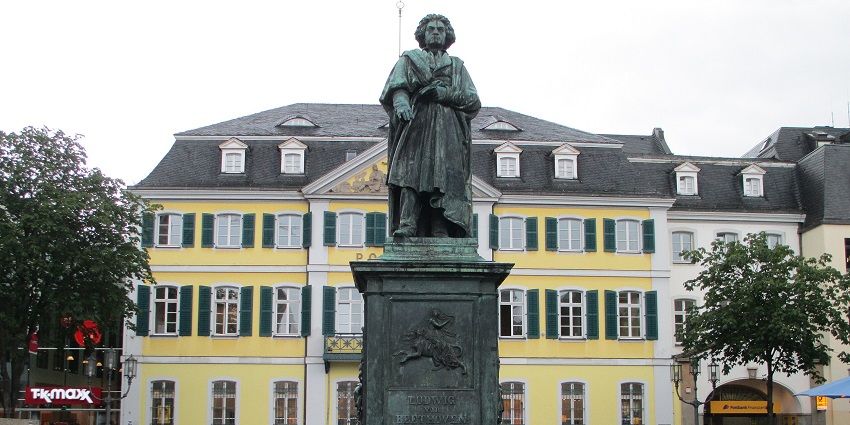
Photo: Avi1111 / Wikimedia Commons
The Beethoven Monument represents cultural collaboration and artistic appreciation across nations. Installed in Alameda Central, this statue commemorates the impact of European music in Mexico. Although dedicated to a foreign composer, it symbolises the influence of classical arts on Mexican society. Visitors may encounter local musicians nearby, creating an atmosphere that blends visual and auditory appreciation. Art students often use the site for study or inspiration, and it highlights how Mexico values cultural expression from various origins, acknowledging music’s universal role in human connection.
Major Attractions: Bronze statue, musical heritage
Timings: 8 AM – 8 PM
7. Zócalo (Plaza De La Constitución)
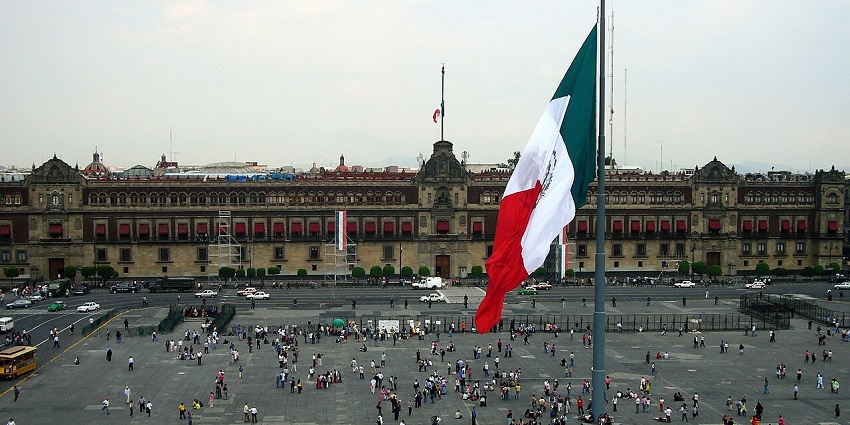
Photo: Victormoz / Wikimedia Commons
Zócalo remains a central location where Mexico’s history, governance, and public life intersect. Originally part of the Aztec ceremonial centre, the square has witnessed significant national events from colonial rule to modern-day governance. Visitors encounter historical and current relevance through political rallies, flag ceremonies, and festivals. It’s surrounded by architecture reflecting different periods, including the National Palace and the Metropolitan Cathedral. For those exploring historical shifts and civic identity, Zócalo serves as a living timeline of Mexico’s political and cultural progression.
Major Attractions: National Palace, cathedral, public events
Timings: 24*7
8. Templo Mayor
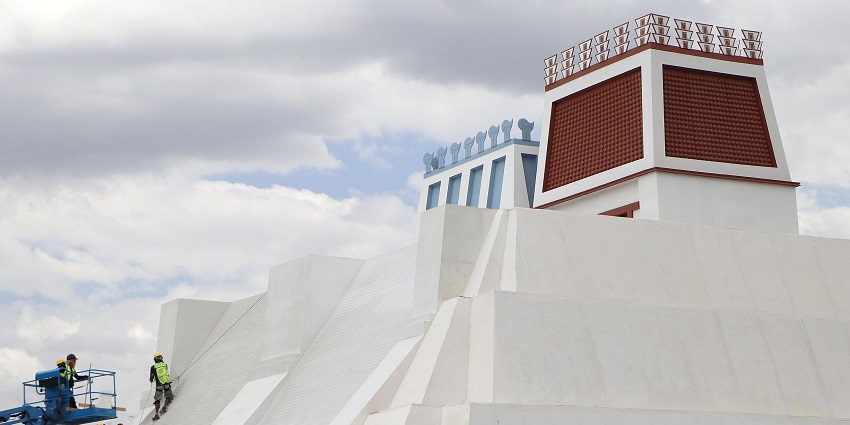
Photo: Secretaría de Cultura CDMX / Wikimedia Comm
Templo Mayor offers direct insight into the rituals and daily life of the Mexica civilisation through extensive archaeological remains. Excavated in the late 20th century, it revealed structures once central to religious life in Tenochtitlan. Now, it combines preserved ruins with a museum displaying artefacts, including ceremonial items and sculptures. Scholars, students, and curious visitors explore how beliefs and governance shaped pre-colonial Mexico. Located near present-day institutions, it reflects continuity and contrast between ancient and modern forms of knowledge and authority.
Major Attractions: Ruins, museum, ancient artefacts
Timings: 9 AM – 5 PM (Closed Mondays)
9. Chapultepec Castle

Photo: Lion05 / Wikimedia Commons
Chapultepec Castle provides a layered understanding of political history, from colonial elites to republican leaders. It was once a military academy and later became the imperial residence of Emperor Maximilian I. Today, its rooms preserve artwork, furnishings, and official documents. The castle also offers educational insight into governance systems and architectural styles over time. Located in a public forest, the site is visited by those studying history, governance, and visual arts. It remains a critical resource for understanding shifts in leadership and national identity.
Major Attractions: Museum exhibits, royal rooms, murals
Timings: 9 AM – 5 PM (Closed Mondays)
10. Basilica Of Guadalupe
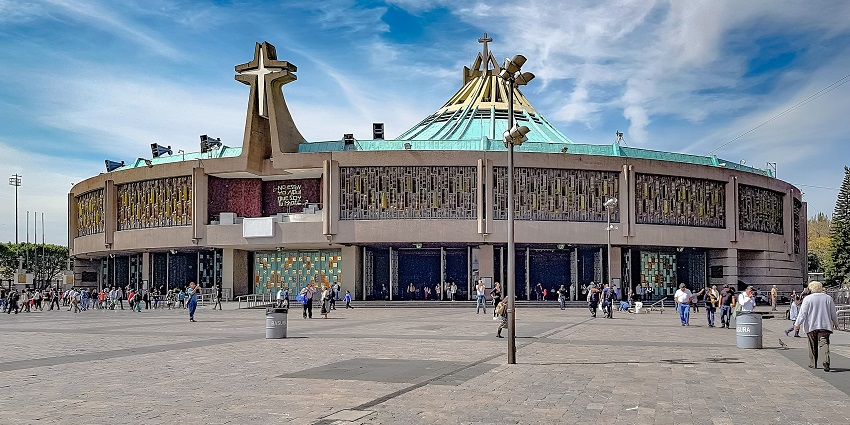
Photo: Drkgk / Wikimedia Commons
The Basilica of Guadalupe holds religious and cultural significance for millions who visit to honour the Virgin of Guadalupe. Believed to have appeared to Juan Diego in 1531, her image is preserved inside the basilica on the original tilma. The current structure, designed to accommodate large crowds, reflects the site’s ongoing importance. The surrounding complex includes chapels and a museum that inform visitors about the apparition’s context and impact. Pilgrims often view it as a site of devotion and cultural continuity, shaping national identity through faith.
Major Attractions: Tilma of Guadalupe, chapels, religious museums
Timings: 6 AM – 8 PM
Monuments in Mexico reflect centuries of transformation, capturing indigenous traditions, colonial influence, and the spirit of independence. From pre-Hispanic pyramids to Spanish-era cathedrals and modern memorials, each structure offers insight into key phases of the nation’s development. Whether it’s archaeological marvels or contemporary commemorations, visiting monuments in Mexico offers a deeper appreciation of its historical and societal evolution. Explore the packages offered by TripXL for thoughtful exploration and guided understanding.
Cover Photo: Seefooddiet / Wikimedia Commons


 WhatsApp
WhatsApp
 Twitter
Twitter
